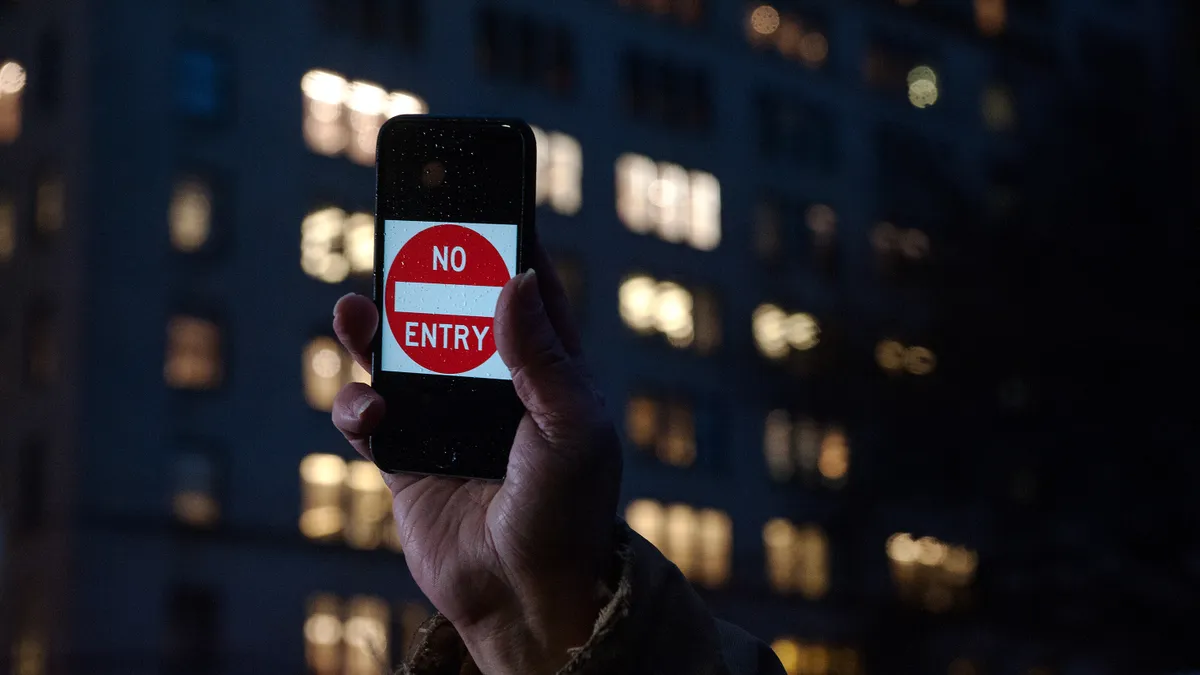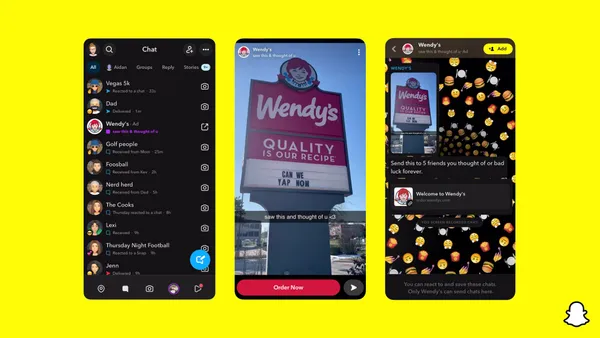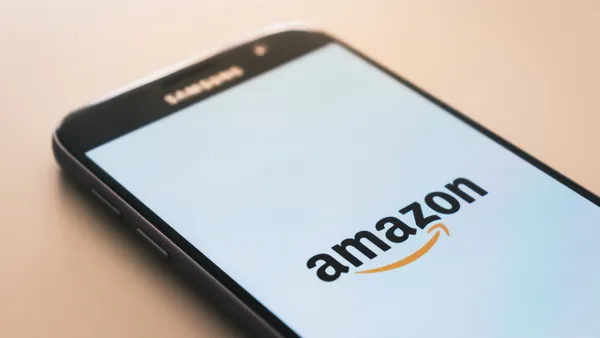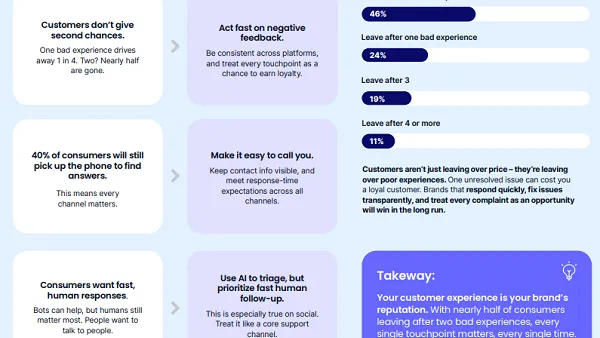Dive Brief:
- Nearly two-thirds (60%) of marketers think brand safety remains a serious problem in the industry, according to findings of a survey by artificial intelligence company GumGum and Digiday Media. That figure marks a major improvement from a similar survey last year that found 90% of marketers felt the same.
- Among marketers, 91% said their companies have created an internal role around improving brand sfaety, compared to 34% who said the same in 2017. Almost all respondents (95%) said these internal efforts had some success in limiting unsafe exposures. Blacklists were cited as the most effective tool for curbing brand safety; however, twice as many marketers also said that blacklists and whitelists have hindered their ability to reach audiences compared to findings from two years ago. The number of marketers using image recognition to prevent brand safety issues has also nearly doubled over last year.
- Marketers ranked "competitor's branding" and "vulgar language" as the biggest threats to brand safety. In 2017, the major threats were listed as "bad news" and "divisive politics." Twitter was ranked the most brand-safe platform and Facebook took the second spot after coming in last place in the 2017 study.
Dive Insight:
GumGum and Digiday's research helps to pinpoint how marketers are seeing success in the fight against brand safety, but sometimes at the sacrifice of some of their business goals. Implementing more blacklists and whitelists when it comes to running ads on certain websites and platforms appears to be an effective strategy for improving the overall health of the online brand ecosystem, but also inherently limits how many people marketers can reach with their campaigns.
The latest batch of findings around brand safety echo earlier researche that indicates progress is being made in the space despite some continued frustrations. In August, Sizmek published a survey of 500 brand-side marketers in the U.S. and Europe that revealed that 85% of respondents said improving brand safety in digital campaigns was a priority for their businesses. However, 64% were still struggling to find an effective strategy, with painpoints stemming from new laws around data privacy like GDPR and also "walled garden" platforms like Google and Facebook.
In the past several years, some of those platforms have tried to improve their accountability when it comes to brand safety with some, like Facebook, seeing marked improvements, per GumGum and Digiday's latest report. Google's YouTube has been a flashpoint in sparking brand safety discussions both in regards to some of its most popular content creators and also instances where ads have run around toxic content, which has led to a handful of ad spending freezes.
AT&T recently returned as a YouTube advertiser after leaving the platform in 2017, suggesting the platform is improving. YouTube also announced that it would promote fewer videos that contain misinformation and information about conspiracy theories and stop recommending “borderline content,” referring to videos that come close to violating its community guidelines, according to the Verge. The company plans to enforce the new policy through both human moderators, which has built out a large stable of, and machine learning.
Facebook has also been working to cut down on sensationalist content and misinformation. The diminished presence of "bad news" and "divisive politics" as a major threat in GumGum and Digiday's findings indicates that this has possibly shown returns. Last month, the social networking giant also launched a brand safety certification feature within its Facebook Marketing Partners program that helps advertisers review content options and have more control over where their ads appear.














